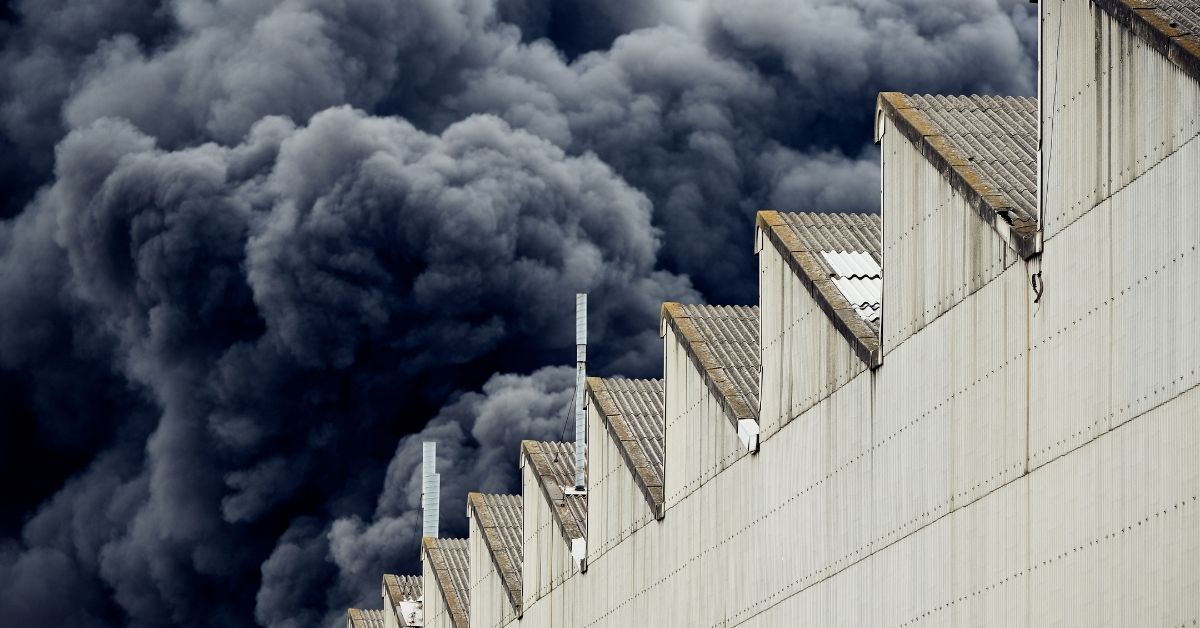Formaldehyde seriously impacts air quality. It is a chemically based gas which can be found indoors and outdoors. The sources of these gases come from naturally occurring processes and from manufactured products. Formaldehyde exposes us to an increased risk for respiratory ailments, nausea and other health concerns. In worse-case circumstances, heavy concentrations of formaldehyde can lead to leukemia and brain cancer. Indoor contaminating sources should be removed and air purifiers should be used to clean the air. Use HealthMate Plus Purifiers to remove this risk. The Austin Air HealthMate Plus uses High Efficiency Particulate Arresting (Certified HEPA Material) air filtration along with an activated carbon mixture that is designed to remove the tiniest of air particles and the dangerous gases.
The Sources Of Formaldehyde
There are many sources of formaldehyde. It is found in building materials, foam insulation, household products, and fuel-burning appliances. Formaldehyde is used to add permanent-press qualities to clothing and draperies. It is found in glues, adhesives, paints and coating products. It is in pressed wood products made using adhesives that contain urea-formaldehyde (UF) resins, particle board (e.g., sub-flooring and furniture), and medium density fiberboard, often considered to be one of the highest formaldehyde-emitting sources.
Background
Formaldehyde can be used in the fabrication of plywood and particle board that conform to specified formaldehyde emission limits. Prefabricated and mobile homes often have elevated levels of formaldehyde because of the large amount of high-emitting pressed wood products in a relatively small interior space. These levels generally decrease with age. However, when new, these homes tend to have a dangerously high elevation of formaldehyde that can worsen with increased indoor temperatures or humidity. A good example of formaldehyde contamination can be cited with the Federal Emergency Management Agency (FEMA) mobile homes supplied to the hurricane victims in Gulf Coast Region. Temperatures were high and so were the formaldehyde levels. There was such grave concern about the formaldehyde contamination that ultimately, most of the shelters were not used. Although the formaldehyde affected everyone, it was particularly dangerous for children and the elderly that were noted to be experiencing chronic respiratory illnesses.
Does Formaldehyde Effect Our Health?
At these high levels, formaldehyde can prompt asthma attacks. The already chemically sensitive sufferers begin experiencing greater health problems. Formaldehyde is a colorless, strange-smelling gas that can cause watery eyes, burning sensations in the eyes and throat, nausea, and difficulty in breathing. At elevated levels, there can be unexplained headaches, vomiting, rashes, and nausea.
Professionals that work with formaldehyde every day at very high elevations of exposure are at increased risk for brain cancer and leukemia.
Reducing Exposure
- Minimize the use of wood products such as cabinetry and furniture constructed from formaldehyde based pressed wood. Consider solid woods.
- Interior construction should be with “exterior-grade” pressed wood products. These products have lower gas emissions because they are manufactured with phenol resins.
- Use air conditioning and dehumidifiers that control temperatures and keep humidity below 50%.
- Whenever possible, ventilate indoor space with outdoor air.
- Use Austin Air Purifiers that filter out air contaminating particulates and gases.
Conclusion
There are health risks when exposed to elevated levels of formaldehyde. We can remove many of these potential threats simply by removing the sources and maintaining temperatures and humidity. These actions will begin reducing levels of formaldehyde health risks and improving air quality. To complete the air cleaning plan, invest in an air purification solution using the HealthMate Plus. This air purifier removes contamination particulates, chemicals and gases using High Efficiency Particulate Arresting (Certified HEPA Material) air filtration for the tiny particles and a carbon composition for the chemical and gases. Reducing contamination reduces your health risks.


